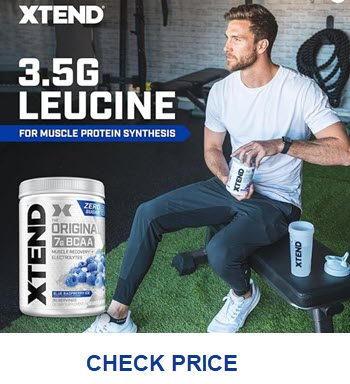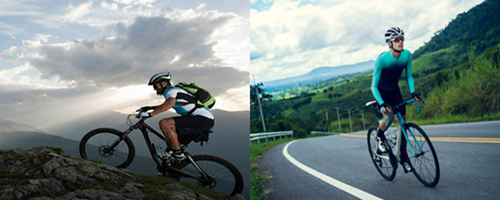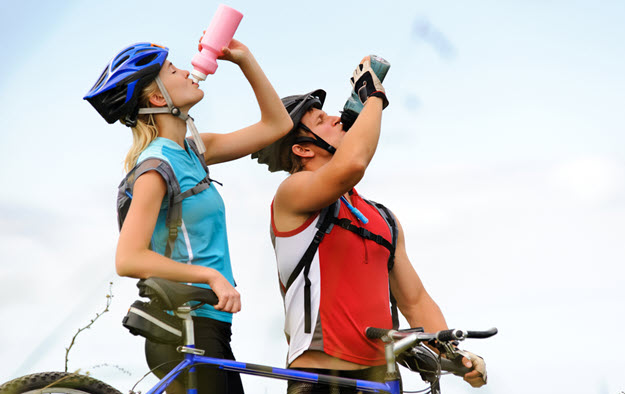
Embarking on the cycling diet journey means embracing a strategic approach to fueling your rides. It’s not just about food; it’s about optimizing performance. Whether you’re conquering climbs or sprinting to the finish, nutrition is your secret weapon. Join us as we explore the science, strategies, and secrets of the cycling diet, unlocking your full potential on the road or trail.
To get the best effects from your training and race day is to remember these 3 important aspects: ENERGY, HYDRATION and RECOVERY. See some of the following recommended guidelines to go by:

Contents
- 1 Cycling Diet: Fuel This Way When The Event Or Training Is Under 60 Minutes
- 2 When the event or training is over 60 minutes and lower intensity
- 3 When the event or training is over 60 minutes and is medium to hard intensity
- 4 Energy Gels and Chews when you train
- 5 Recovery
- 6 Refueling Crucial In The Recovery Process
Cycling Diet: Fuel This Way When The Event Or Training Is Under 60 Minutes
When it comes to the best way to fuel for cycling, especially for events or training sessions lasting less than 60 minutes, simplicity is key. Focus on easily digestible carbohydrates to provide quick energy without overloading the digestive system. Opt for snacks like a banana with peanut butter or a small energy bar before your ride. Proper fueling for cycling also entails hydration; drink water or a sports drink to maintain fluid balance. Avoid heavy or high-fiber foods that could cause discomfort during your ride. Keep portions small to prevent feeling sluggish and prioritize foods that won’t weigh you down. Remember, for short cycling endeavors, the goal is to fuel efficiently without burdening your body.
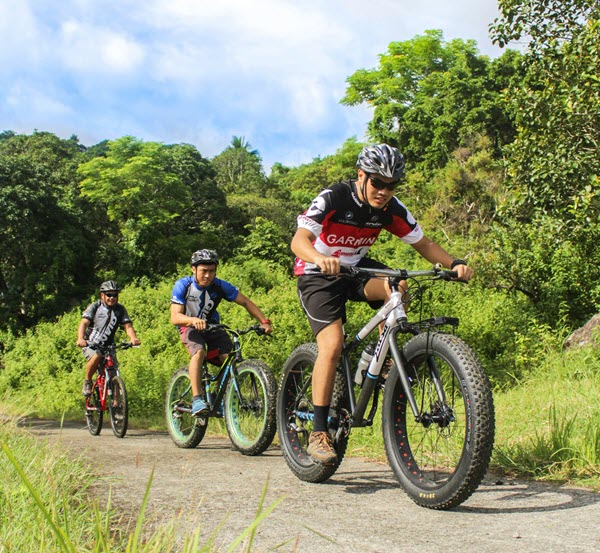
When the event or training is over 60 minutes and lower intensity
When engaging in events or training
sessions lasting over 60 minutes at a lower intensity, the cycling diet should be approached strategically. Begin by consuming a balanced meal containing carbohydrates, proteins, and fats about 2-3 hours before the activity. This provides a steady release of energy throughout the session. During the ride, opt for easily digestible snacks like energy bars, bananas, or sports drinks to replenish glycogen stores and maintain hydration levels. Post-exercise, prioritize refueling within 30 minutes with a combination of carbohydrates and proteins to aid in muscle recovery and replenish energy stores. Additionally, continue hydrating adequately to support recovery and optimize performance for your next ride.
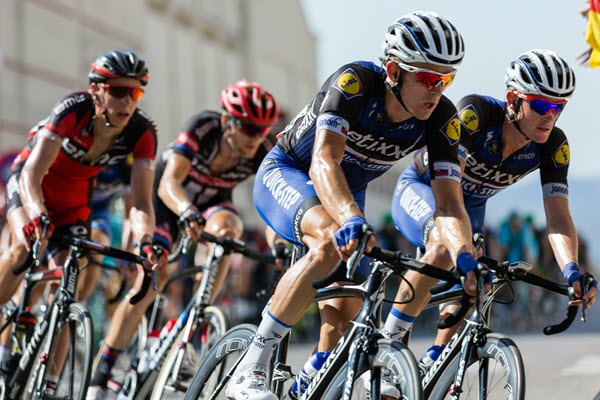
When the event or training is over 60 minutes and is medium to hard intensity
For events or training sessions lasting over 60 minutes at a medium to hard intensity, the cycling diet becomes crucial for sustaining performance. Begin by consuming a carbohydrate-rich meal 2-3 hours prior to the activity to ensure optimal glycogen stores. During the ride, fuel with easily digestible carbohydrates like energy gels, fruit, or sports drinks to maintain energy levels and delay fatigue. Additionally, incorporate electrolyte-rich fluids to replace lost minerals and maintain hydration. Post-exercise, prioritize a recovery meal within 30 minutes, consisting of carbohydrates and proteins to facilitate muscle repair and glycogen replenishment. Hydrate sufficiently to aid in recovery and prepare for subsequent rides.

Energy Gels and Chews when you train
Normally, gels and chews should be used for the last hour or last 50% of your training or event. They are quick acting but short lasting so they should be taken every 15 to 20 minutes. If you take them near or at the beginning of an event or training, you could end up bonking, NOT GOOD. Some Gels and Chews have caffeine if you need that extra kick. In that case we recommend
The only exception to the 50% rule is on race day, if your event is less than 2 hours, you can pre-charge with a Gel on the start line and should go with a caffeinated gel. Take another non-caffeinated gel after 20 to 30 minutes, alternating between caffeinated and non-caffeinated.
Recovery
In conclusion, knowing how to fuel a bike ride and properly recover from a cycling event is essential to optimize performance and promote long-term progress. After crossing the finish line, prioritize replenishing depleted glycogen stores and facilitating muscle repair by consuming a balanced meal containing carbohydrates and proteins within 30 minutes of finishing. One of the best ways to accomplish this is by using a recovery drink that has a 4:1 carb-protein ratio. This ratio actually speeds up muscle recovery.
Refueling Crucial In The Recovery Process
This immediate refueling window is crucial for kickstarting the recovery process and maximizing gains from the effort expended. Additionally, your cycling diet should include to hydrate adequately to replace fluids lost during the ride, and consider incorporating electrolytes to restore mineral balance. In the hours following the event, continue to nourish your body with nutrient-dense foods to support ongoing recovery and repair. Moreover, don’t underestimate the importance of rest and sleep in allowing your body to recover fully. By incorporating these strategies into your post-event routine, you’ll not only bounce back faster but also lay the foundation for future cycling success through the power of proper fueling for cycling and bike rides and the cycling diet.
We earn from qualified Amazon purchases with NO cost to you. ANY item that you need or were going to purchased anyway through any of our links, helps support this site. Thank you for your support!

